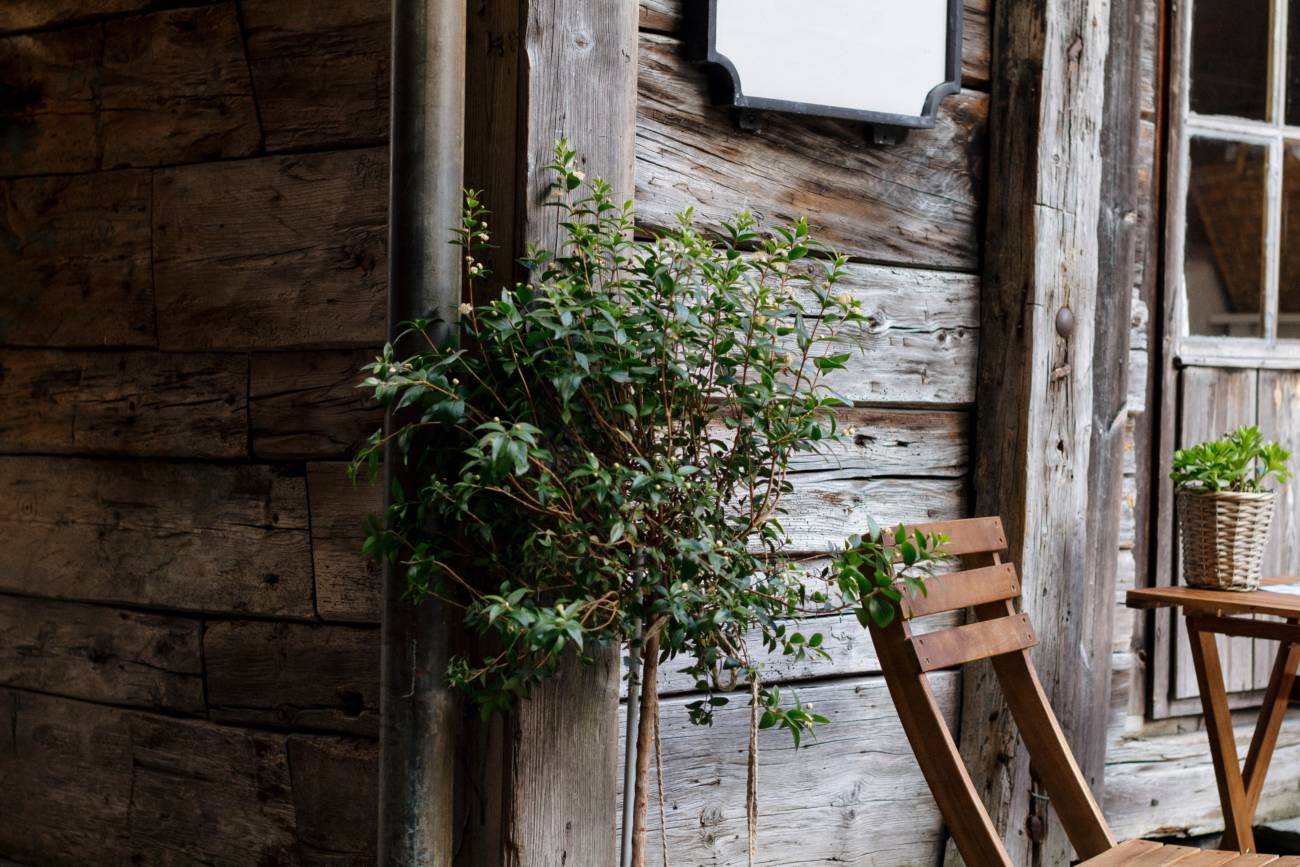Winter can be a challenging time for the timber structures in your garden. It’s, therefore, worth setting aside some time for preventative maintenance. If you have decking, then you’ll want to make sure that it’s adequately treated and kept clear of standing water.

To begin with, we should think about the source of the problem, which is moisture. When water finds its way into the gaps between the fibres of the timber, it is at risk of freezing. When water freezes, it expands and pushes apart the timber from the inside. Moisture can also provide a breeding ground for microbes, which might feed on the timber itself.
It’s for this reason that most timber designed for outdoor use is specially treated to avoid these problems. But no timber is entirely immune to them, and all timber will benefit from maintenance at this time of year.
Your maintenance should get started with a brief survey of the decking. Check for signs of wear and rot. Check all of the boards to ensure that they’re all solid and tightly attached to the underlying structure.
The surface of the deck should be scrubbed clear of debris and mould. A pile of leaves can provide a breeding ground for hungry microbes that will eventually move onto the underlying timber.
As well as the timber under our feet, we should also worry about the fencing. Perform the same checks on your fence panels and replace them where required.
A layer of oil, wax or paint can help to not only make the timber look its best but prevent water from finding its way in.
These products come in many varieties. A sealer is a product designed to exclude water. A stain is one that’s mostly there to provide pigment. If you want both, you’ll need both products. Prep the boards by sanding and brushing them, and then apply the stain. Bear in mind that, during winter, it will take longer for the boards to dry. Do it in the morning on a weekend.
The easiest way to prevent damage to garden furniture during winter is to tidy it away in a shed or garage space. This goes especially if you’re not going to be using it until spring. Cushions are particularly vulnerable to damage and so must be protected using waterproof covers or brought indoors.
This is a collaborative post.